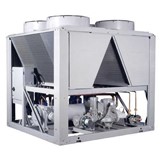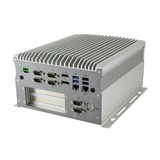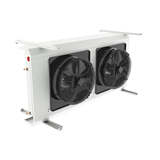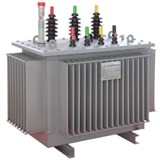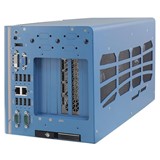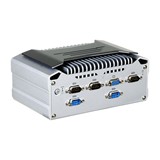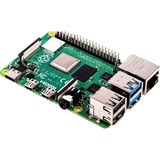By Miranda Marquit, Copyright 2006 PhysOrg.com
The findings, published online at Applied Physics Letters on April 5th, present a breakthrough that will provide a way for cooling technology to keep pace with developments in electronic technology.
“It is projected that the next generation of computer chips will produce localised heat flux over 10 MW/m2, with the total power exceeding 300 W. No existing low-cost cooling device can effectively manage the heat produced at this level,” asserts the Letter. The study will accelerate the development of next generation of cooling devices that incorporate nanofluids for ultrahigh-heat-flux electronic systems.
The results of the experiment show that when an oscillating heat pipe (OHP) is charged with a nanofluid, the ability of the OHP to transport heat increases. As this experiment illustrates, finding more efficient cooling for the next generation of computer chips, microchips, and electronic devices is under way. As society desires its gadgets to shrink ever smaller resulting in high power density, teams that work to develop the technology will find themselves in high demand.
“There are lots of applications that come from this experiment,” says Ma. “We really need to develop this further.”
While neither the study of nanofluids nor the study of OHPs is anything new, combining the unique features of each is an innovative approach. “Here we use a nanofluid and an oscillating motion. The oscillating motions make the nanoparticles suspend in the base liquid. This is unique.” says Ma. “No cooling device has been made using a nanofluid-charged OHP, but the development of such a device is now a few steps closer, and with it the enabling ability to take our technology even farther than it has already gone.”
The unique characteristics of both nanofluids and OHPs contribute to the fitness of such devices for cooling functions. Traditional liquids have much lower thermal conductivities than nanofluids. Additionally, nanofluids have strong temperature-dependent thermal conductivity, as well as showing a non-linear relationship between thermal conductivity and concentration. These particular features, which belong to fluids that exist on the nanoscale, make them high performance conductors with an increase in critical heat flux.
Oscillating heat pipes have their own set of unique features. First of all, an OHP is known as an “active” cooling device. It takes intense heat from a high-power device and turns it into kinetic energy of fluids. Additionally, with an OHP, liquid flow and vapor flow move in the same direction, so neither phase interferes with the other. Because the flow in an OHP is one that oscillates from a thermally driven flow, there are some blank surfaces that appear along the pipe. This allows for enhanced evaporating and condensing heat transfer.
So, while the OHP already has good heat transporting ability, the addition of a nanofluid can enhance the ability of the OHP significantly. In this particular experiment, the nanofluids used contained diamond nanoparticles. The diamond particles were introduced into high performance liquid chromatography (HPLC) water. HPLC water is water that is specially purified and that has a low organic carbon content. Even though diamond particles might settle in liquid without motion, the movement of an OHP keeps those particles from settling, allowing them to remain suspended.
While the experiment shows that the nanofluid-charged OHP has increased efficiency, the ‘why’ behind the fact has yet to be discovered. “We know some of the reasons,” explains Ma, “but not all. We are trying to find the reason for the higher efficiency transfer. We’re not entirely sure why the efficiency increases so much after we add the nanoparticles.”
The results from this experiment are encouraging to those who are studying ways to effectively reduce the size of electronics while increasing their output, as it points to a technique that can used for effective cooling. As the letter puts it: “This study on a nanofluid OHP will advance the state of the art in nanofluid applications…”

